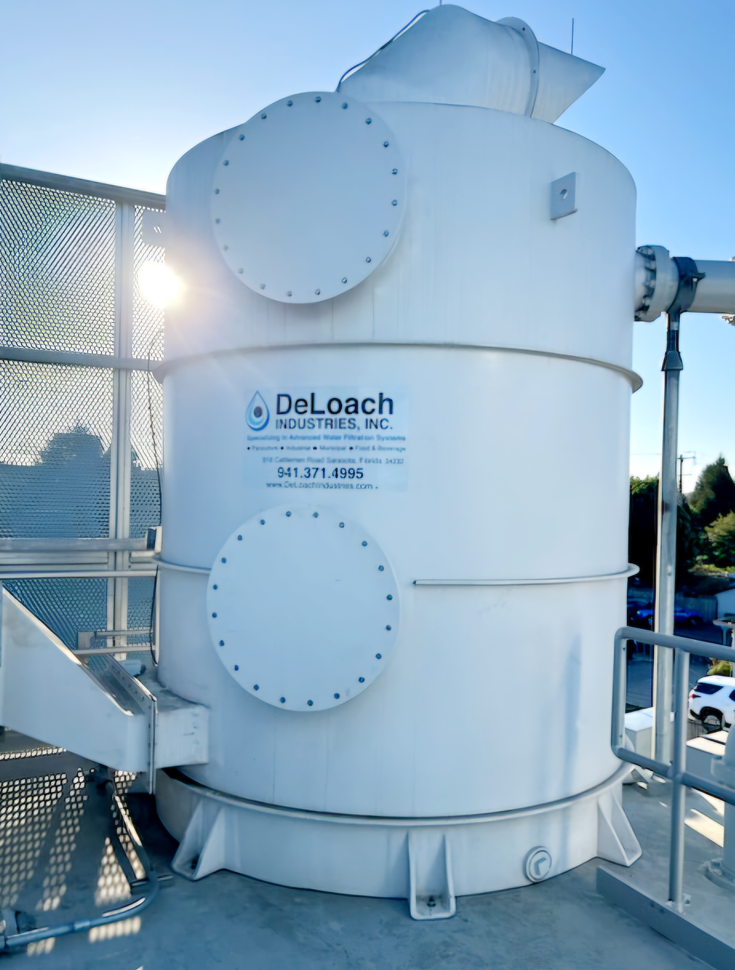Welcome to the Key West Aquarium: A Haven for Marine Conservation
The Key West Aquarium stands as a living testament to marine preservation and education in the Florida Keys. Since its establishment in 1935, this historic attraction has captivated thousands of visitors with its diverse and enchanting marine life. More than just a tourist destination, the Aquarium serves as a vital platform for conservation, ensuring the health and well-being of marine inhabitants while inspiring generations to value and protect our oceans.
Inside its crystal-clear waters, visitors encounter everything from tropical fish to rays and majestic sea turtles. Yet maintaining such a thriving environment is no small task—it requires a careful balance of water quality, temperature, and nutrition. That’s where the innovation and expertise of DeLoach Industries, Inc. come into play.
DeLoach Industries, Inc.: Champions of Marine Innovation
As a leader in water treatment and marine life support systems, DeLoach Industries has long been at the forefront of developing innovative solutions for aquariums and marine exhibits. By partnering with the Key West Aquarium, DeLoach brings advanced engineering and environmental stewardship to one of Florida’s oldest and most beloved attractions.
Recently, DeLoach Industries completed a state-of-the-art 6,600-gallon fiberglass turtle tank, custom-designed to enhance the health and comfort of the Aquarium’s resident sea turtles. The new habitat features a 2 ½-inch-thick acrylic viewing window, giving guests a breathtaking, close-up perspective of these beloved marine animals.
“Partnering with the Key West Aquarium on this project has been an honor,” said Anthony DeLoach, President, DeLoach Industries. “Our team is dedicated to combining innovation, craftsmanship, and environmental stewardship, and this new exhibit represents those values perfectly.”
This addition not only strengthens the Aquarium’s ability to care for its marine life but also enriches the visitor experience—bridging conservation with education in a meaningful and memorable way.
Unlocking the Power of Advanced Water Treatment
DeLoach Industries’ contributions extend far beyond exhibit design. Their forced draft degasifier technology, implemented at the Key West Aquarium, ensures a stable and healthy aquatic environment by removing excess dissolved gases such as nitrogen and carbon dioxide. This innovation optimizes oxygen levels, regulates pH stability, and fosters healthier, more resilient marine populations.
For aquatic life, proper oxygenation and pH balance are essential for growth, reproduction, and long-term survival. By maintaining these vital parameters, the degasifier helps the Aquarium sustain a vibrant marine ecosystem.
Restoration Efforts and Future Growth
The Key West Aquarium has faced challenges, including damage from recent hurricanes. Restoration efforts, supported by DeLoach Industries, are well underway, with repairs to fish pens, docks, and turtle habitats ensuring the continued safety and care of marine life.
Looking ahead, DeLoach Industries is set to construct a new dock extension, expanding the Aquarium’s outdoor exhibit space and enhancing opportunities for visitors to engage with Florida’s unique marine ecosystem.
A Ripple Effect on Ecosystem Conservation
The benefits of these advancements extend beyond the Aquarium’s walls. A healthier and more stable marine environment supports biodiversity across the Florida Keys, contributing to coral reef health and balanced ecosystem dynamics.
As an educational hub, the Key West Aquarium also inspires its visitors to take an active role in conservation. Every ticket purchased contributes to these efforts, helping fund the continued care of marine life and the advancement of technologies that protect fragile ecosystems worldwide.
The Power of Collaboration
The partnership between the Key West Aquarium and DeLoach Industries demonstrates the transformative power of collaboration. Together, they are not only protecting marine life locally but also pioneering solutions that can be applied to aquariums, aquafarming, and conservation initiatives across the globe.
Join the Mission
The Key West Aquarium is more than an attraction, it’s a center of learning, conservation, and innovation. With partners like DeLoach Industries leading advancements in marine technology, the Aquarium continues to promote a stable and vibrant marine environment.
By visiting, supporting, and sharing its mission, you too can play a role in safeguarding the Florida Keys’ marine treasures for generations to come.
For more information on our technology and equipment for marine exhibits, pisciculture, or aquafarming, contact the professionals at DeLoach Industries, Inc. at 941.371.4995.













